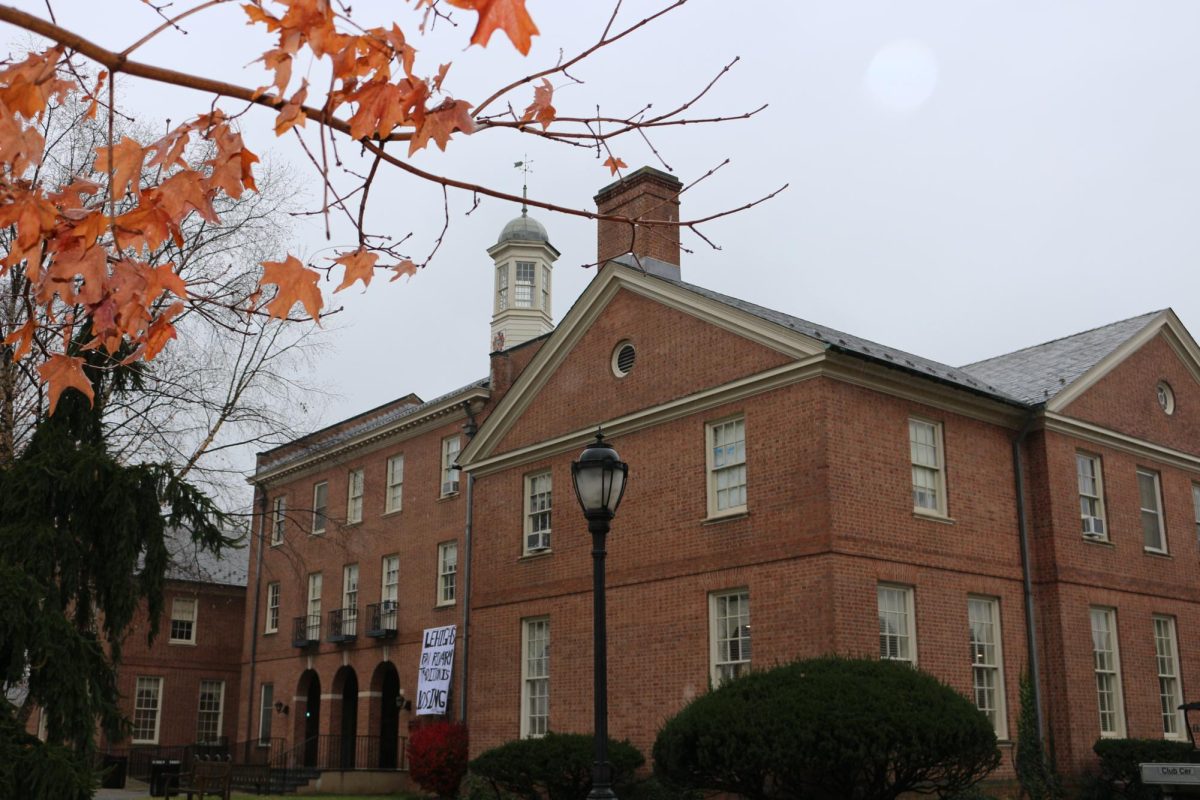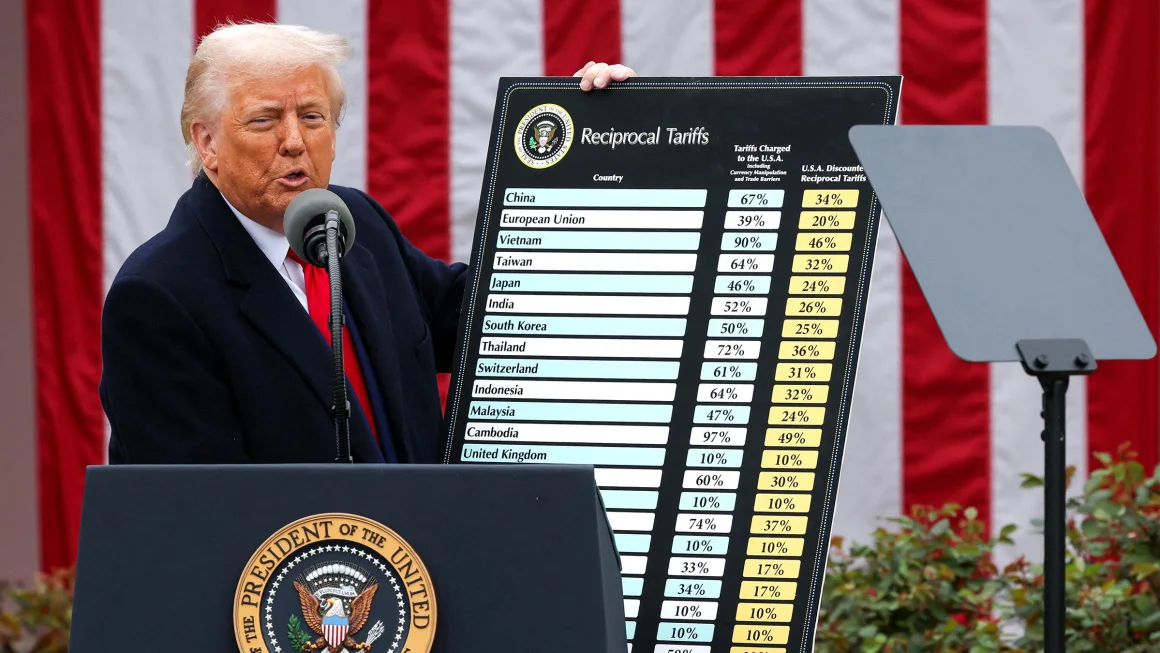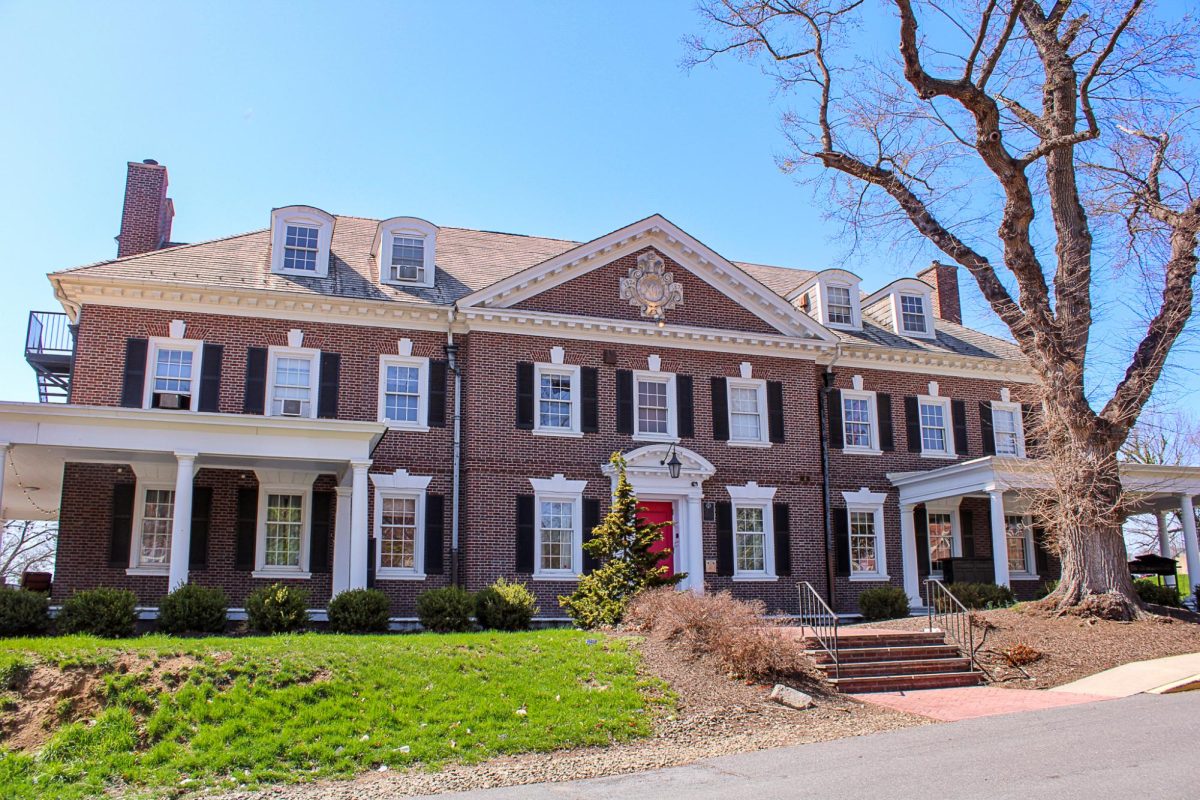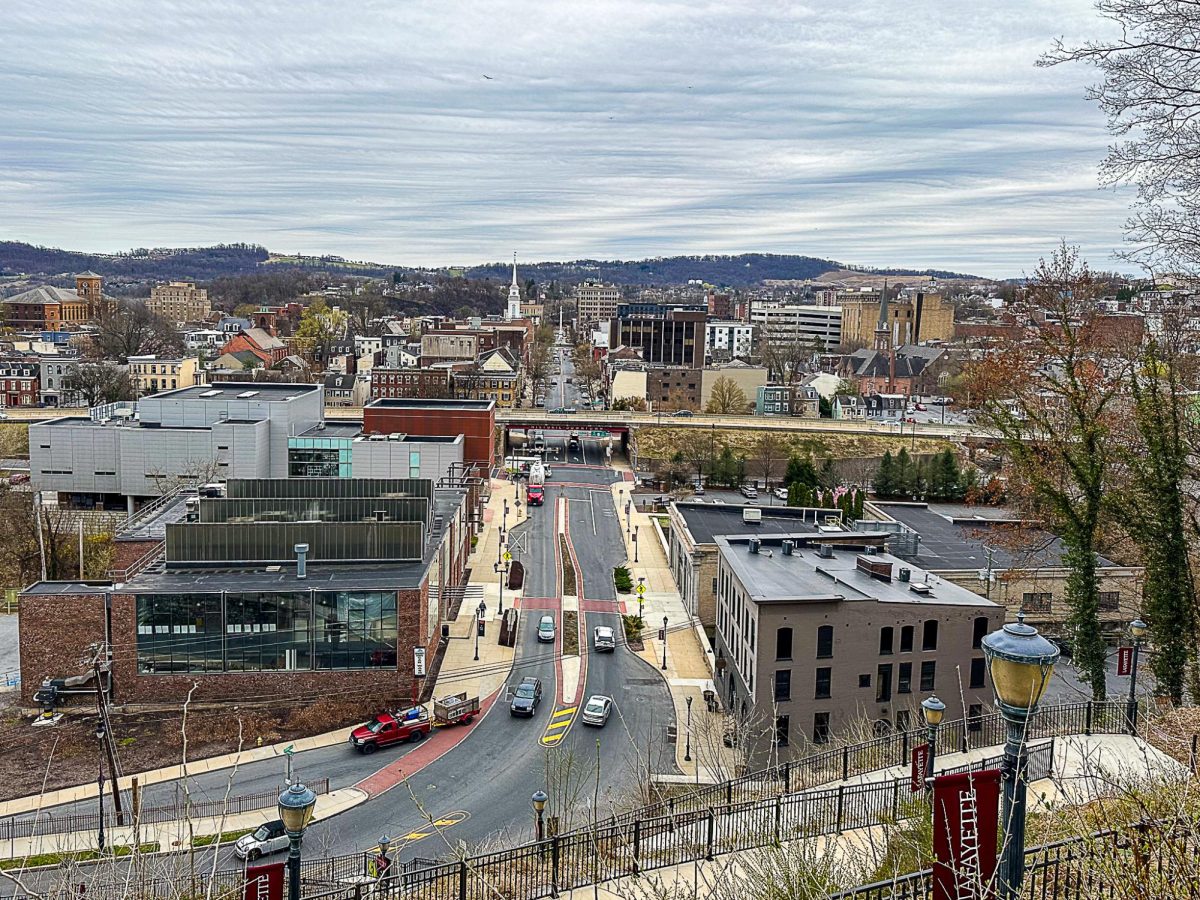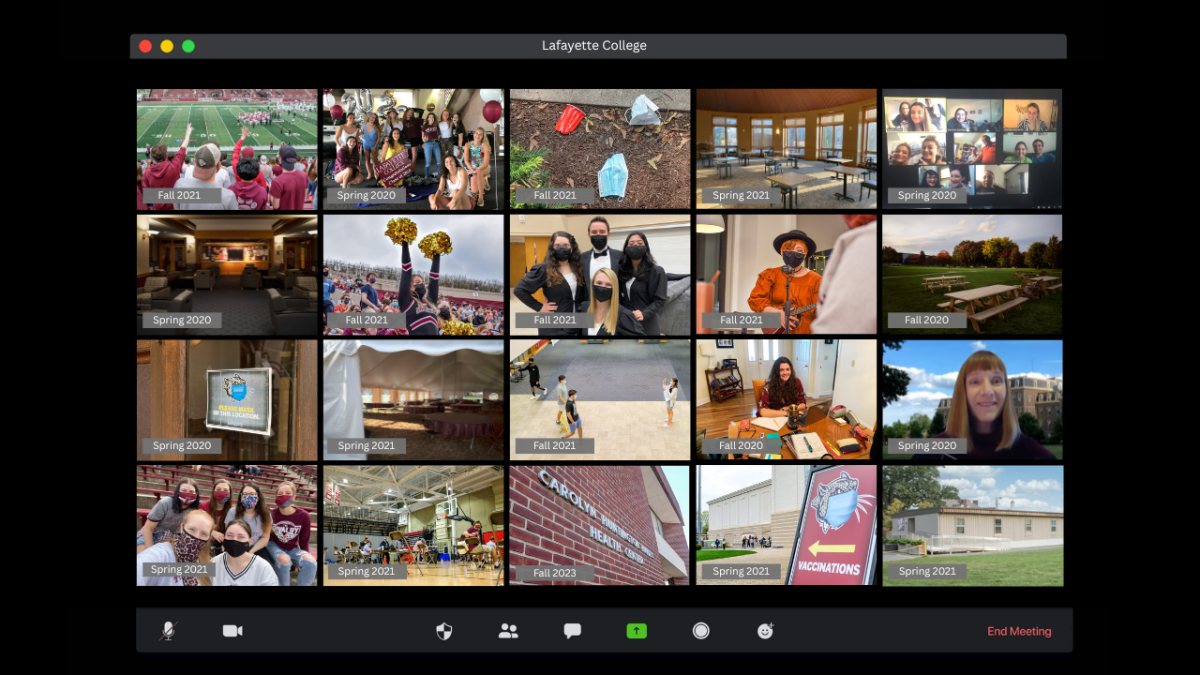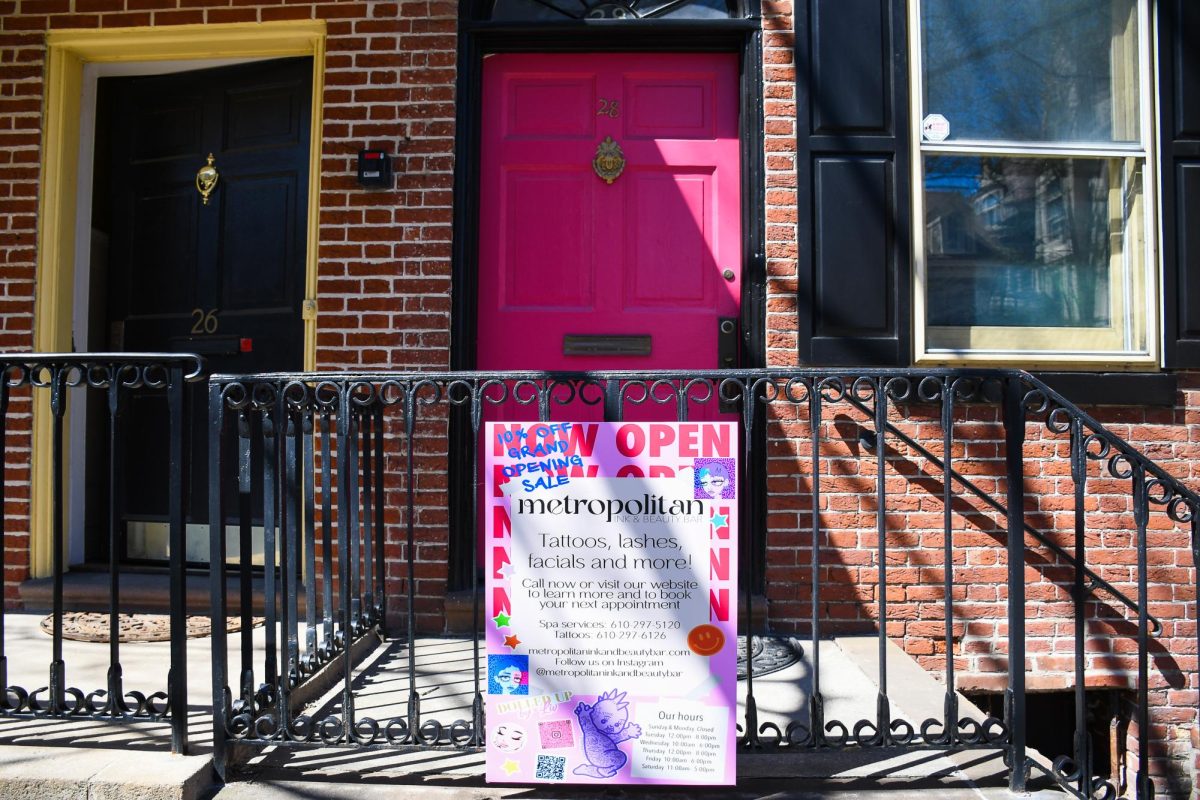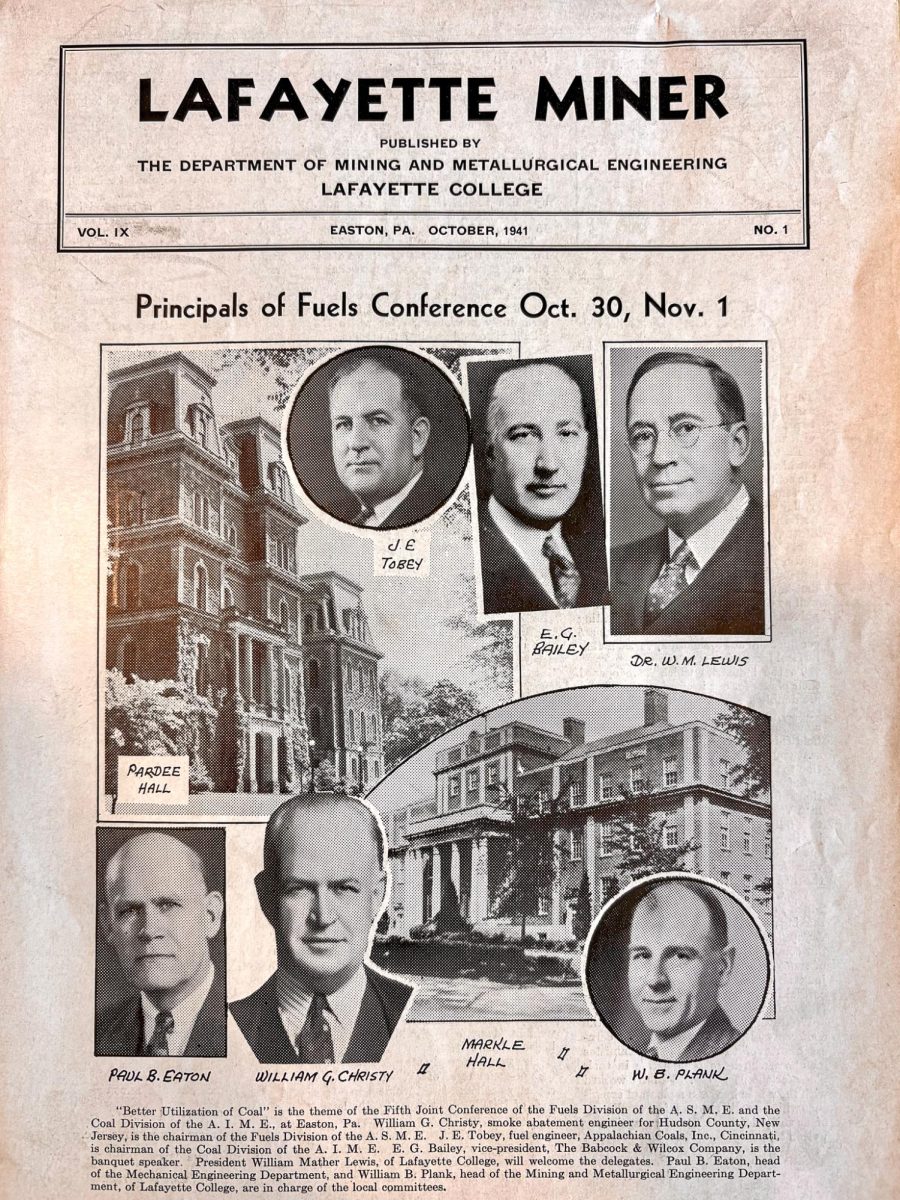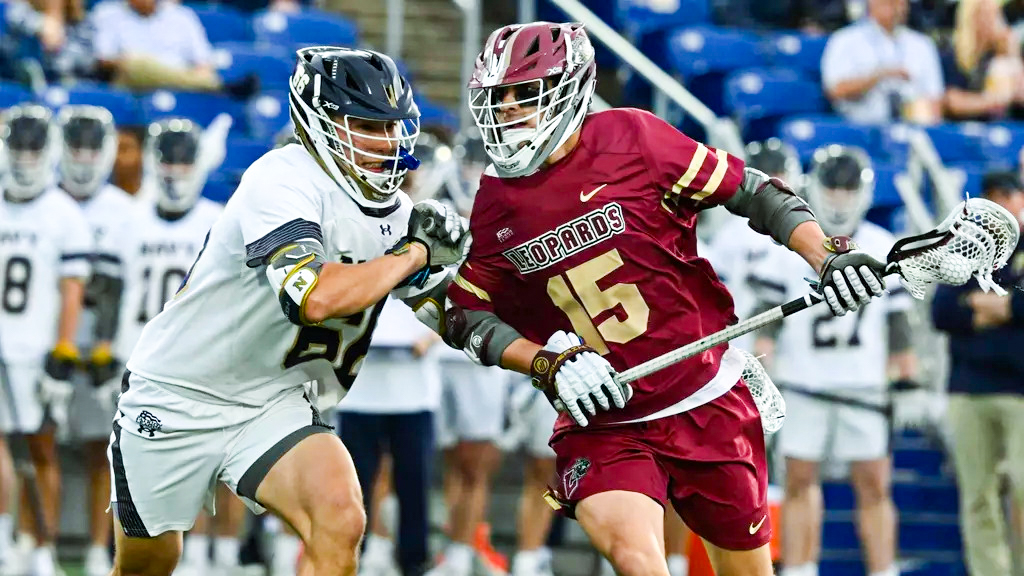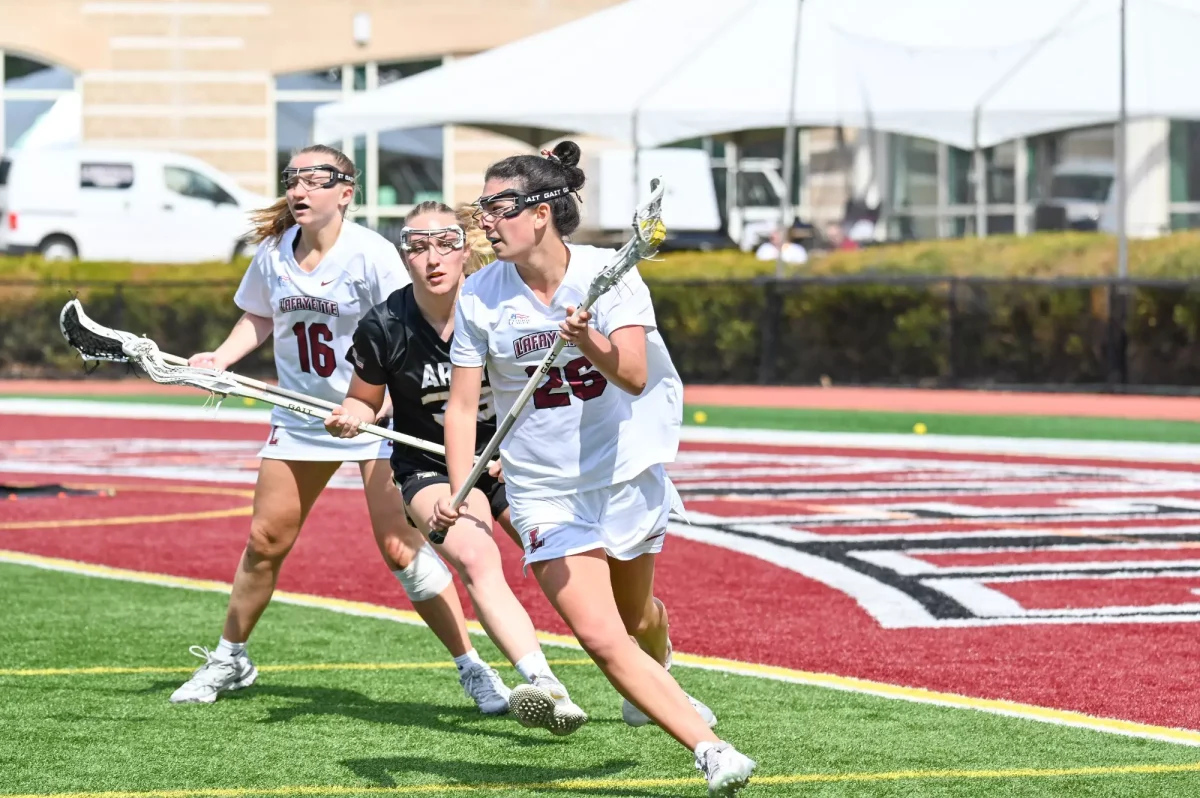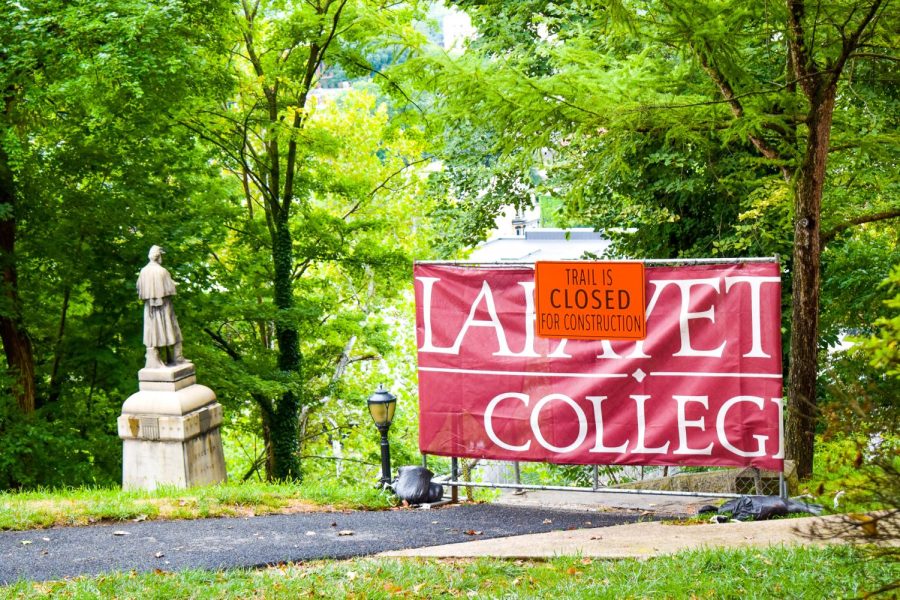Until June 2023, the stairs connecting College Hill with downtown Easton will be closed for refurbishment. The renovation is welcomed by many, though the lack of stairs is proving challenging for those with classes at the Williams Arts Campus.
“Because my dorm was on the other side of campus from the way my orientation leader showed me … I had to go down the back way,” Annelise Przybylak ‘26 said of her first day of classes at Williams. “I had to trek into Easton and I got a little bit lost.”
For Przybylak, understanding the shuttle schedule proved difficult in her first days on campus, causing her to be late to a second class. Luckily, the shuttle driver helped her out.
“I’m starting to get a hang of it,” Przybylak said. “My professor has been really accommodating when I’ve been late.”
The shuttle has not proven helpful to everyone, however. Bernadette Russo ‘24 has only 10 minutes to spare between her classes at Van Wickle and the arts campus.
“I will not make it in time if I walk. With the shuttle, I will also get there late,” Russo said. “I don’t have a car so I have to borrow other peoples’ cars.”
Russo added that her professor has been considerate with regard to her commute down the hill. Provost John Meier wrote in an email that students should “discuss ways to accommodate the difficulty” with their professors.
“The goal at the end of this project is to create even easier routes up and down the hill than we currently have,” Meier wrote. “The need to close the steps during construction is regrettable but understandable, particularly from the point of view of public safety.”
Film and Media Studies Professor Andy Smith wrote in an email that ensuring safety and efficiency for arts campus students is a priority of all of its staff.
“The news of the steps closing came late to us, and since we learned of this have been meeting with the appropriate administrators to ensure clarity, accessibility and consistency in the shuttle service for our students,” Smith wrote.
Besides the shuttle, the two remaining pedestrian routes into downtown run through heavily trafficked roadways; students taking Sullivan Road must cross through the busy junction with U.S. Route 22, which has a traffic light, or College Avenue, which lacks both a traffic light and a posted speed limit.
Due in part to pedestrian safety concerns, the efforts to accommodate students commuting down the hill have largely been ones of spreading awareness about available services, according to Director of Public Safety Jeff Troxell. He hopes that students learn about the syncing of the Lafayette College Area Transportation (LCAT) schedule with those of class times at the arts campus.
“The arts campus shuttle runs at slightly different times on Monday, Wednesday and Friday to coincide with those classes. And then Tuesday, Thursday, the times are slightly different,” Troxell said. “We’re instructing the drivers that when they’re down [at the arts campus] that the particular departure time is at the end of class.”
Troxell added that the schedule is still being tweaked to accommodate all of the arts campus classes.
“It does a continuous loop,” Troxell said of the LCAT. “It starts at 8:32 in the morning and goes till 10 at night.”
Another underutilized service, according to Troxell, is the Lehigh and Northampton Transit Authority bus system, which also runs continuously throughout the day.
“The 214 route goes up and down Cattel seventeen times a day in both directions,” Troxell said. “It’s on the hour. If you time it right, you can be picked up at any block on Cattell Street.”
All college transportation is free of charge for Lafayette students with a student ID. Additionally, the LCAT has both a website and an app to track the shuttle, available on both iPhones and Androids.
Troxell added that Public Safety is collecting feedback through their website and email, publicsafety@lafayette.edu.
“Students can type in what issues they might be having and they can talk to their professors too. We work closely with the staff down there [at the arts campus].”
Despite the various transportation options, the trek down the hill – with or without the shuttle – takes longer for many students. Pryzbylak estimates that the route without the stairs, in her limited experience, takes about five extra minutes than with it.
“I understand why the stairs need to be updated, but this comes at a very inconvenient time, at least for me,” Przybylak said. “I don’t understand why they couldn’t have started earlier this summer. But starting right when classes start?”
“It is a necessary job and I can’t fault them for that,” Przybylak said.
Disclaimer: Bernadette Russo ’24 is an Arts & Culture editor and did not contribute to writing or reporting.














